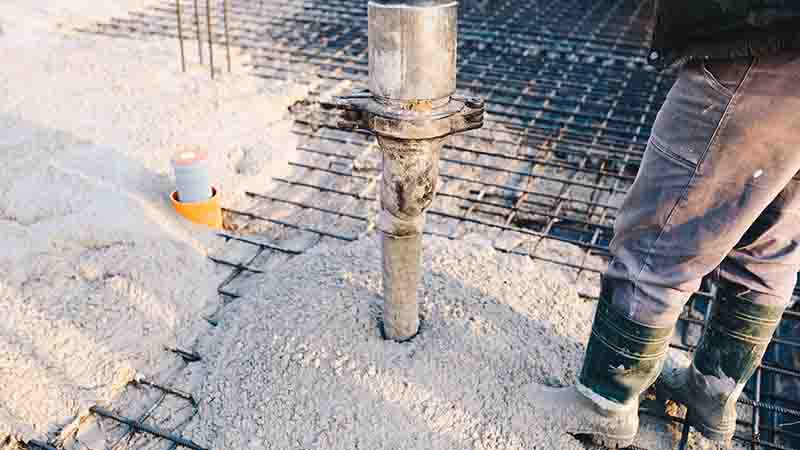Published:

Construction materials such as cement have, for many years, contributed to climate change largely due to the amount of carbon dioxide (CO2) emitted in their production.
But new research led by Dr Phil Renforth from the Research Centre for Carbon Solutions at Heriot-Watt University, has found this might not always be the case.
The study, funded by the Greenhouse Gas Removal Programme and published in Nature Communications today (Thursday 28 March), shows the future production of these materials could, in fact, help capture a significant amount of CO2 from the atmosphere.
We found the forecasted global potential of these materials to capture carbon dioxide may be three to seven times greater than previous estimates based on current production.
Entitled Greenhouse Gas Removal in the Iron and Steel Industry, the study also reveals materials including cement as well as steel slag and lime, may be able to react and trap more CO2 than previously thought thanks to their alkaline content.
Industrial alkaline materials are composed of calcium silicate minerals chemically similar to naturally occurring minerals found in igneous rocks such as basalt. The chemical make-up of artificial materials makes them much more reactive with carbon dioxide and research is ongoing to better understand the most cost-effective way of achieving this.
Traditionally, the potential for building materials to help combat climate change was considered to be relatively low given their intensive production process.
Revealingly, the research suggests that if, for example, industries were to cut emissions in this process by using renewable energy, the extra carbon dioxide reacted with alkaline minerals may be enough to make these companies carbon neutral or even carbon negative.
Dr Renforth said: “We found the forecasted global potential of these materials to capture carbon dioxide may be three to seven times greater than previous estimates based on current production.
“This will not be enough to make a drastic difference on current emissions but if industries combined this with an extensive reduction in emissions, it may be enough to tip the balance.”
In 2015, the world's government's signed up to the Paris Agreement , proposing to limit global temperature change to less than two degrees above the pre-industrial average.
Scientists have since pointed out that in order to achieve this, our emissions should be reduced to zero by mid-century and we may need to remove up to 15 billion tonnes of carbon dioxide from the atmosphere every year by later in the century. Some have suggested that planting trees or using biomass energy and carbon capture and storage, could provide this carbon dioxide removal from the atmosphere.
Although, it is unlikely that any single proposal could be scaled to meet the requirements.
The study suggests the storage potential of up to 7.5 billion tonnes per year of CO2 could be 'hidden' in existing industries but would only be realised if current emissions are drastically reduced.
Dr Renforth continued: “Preventing climate change will require a range of technologies, as well as changes in our lifestyle.
“Locking up carbon dioxide using alkaline materials may be an important part of our toolbox.”